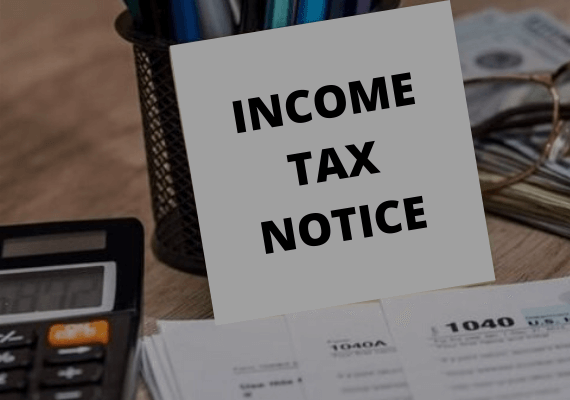Income tax notices in India, issued under the Income Tax Act, 1961, are communications from the Income Tax Department to address discrepancies or request information. Understanding the triggers and responses is crucial. What causes these notices, and how can you handle them? Let’s break it down.
Common Triggers for Income Tax Notices:
Several actions invite an income tax notice, including:
- Mismatch in Form 26AS or AIS: If your Form 26AS or AIS shows ₹1 lakh interest income you didn’t report, you may also receive a notice businesstoday.
- Defective return filing: Using the wrong ITR form—say, ITR‑1 instead of ITR‑2 when declaring capital gains—can trigger a notice under Section 139(9).
- High-value digital transactions: Big expenses flagged by tax analytics—like ₹5 lakh credit card bills or UPI payments— thus lead to notices for unexplained income.
- Non-filing or underreporting: The Income Tax Dept issued 1 lakh+ notices for unfiled returns or underreported income above ₹50 lakh in FY23.
- Reassessment notices (Section 148/148A): New rules allow reassessment up to five years (if escaped income ≥ ₹50 lakh), thus making past years (post FY19‑20) subject to scrutiny.
Common Notice Types Explained:
Here’s what different notices mean and when they arrive:
- Section 139(9) – Defective Return: Your ITR has errors. You get 15 days to correct and revise.
- Section 143(1) – Intimation: Automatic result of processing—could also show refund due or tax demand.
- Section 143(2) – Scrutiny Notice: A questionnaire requiring your documents. You must respond within ~15 days.
- Section 147/148 – Reassessment (Escaped Income): Triggered if income escaped earlier assessment. Deadlines also vary by escaped amount and year.
- Section 156 – Demand Notice: Indicates outstanding tax, interest, or penalty— thus requires payment within the notice timeframe.
How to Respond Effectively:
- Verify Authenticity: Check the Document Identification Number (DIN) on the e-filing portal under ‘Authenticate Notice,’ per IncomeTax.gov.in.
- Review Details: Confirm your PAN, name, and assessment year. Identify the issue (e.g., TDS mismatch).
- Respond Promptly: Log into the e-filing portal, navigate to ‘e-Proceedings’ or ‘Response to Outstanding Demand,’ and submit documents (Form 16, bank statements) within 15-30 days.
- File Rectifications: Correct errors via ITR-5 or revised returns for Section 139(9) notices.
- Seek Expert Help: Consult a tax professional for complex notices, like Section 143(2), to avoid ₹1,000 daily penalties under Section 271FA.
Avoiding Future Notices:
- Pre‑filled ITRs: Use them to include TDS, interest, dividends—reducing errors.
- Double-check Form 26AS before filing.
- File timely returns and correct them if needed.
- Monitor high-value transactions like property sales or term deposits to report accurately.
Conclusion:
In conclusion, income tax notices in India are manageable with timely, accurate responses, but ignoring them risks penalties and legal action. Staying alert, verifying details, and responding promptly can thus defuse an income tax notice without stress. Ready to stay compliant? Explore more tax insights now!
– Ketaki Dandekar (Team Arthology)
Read more about
